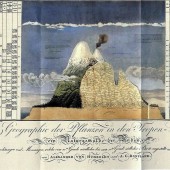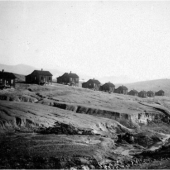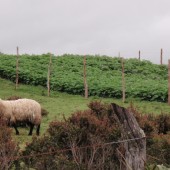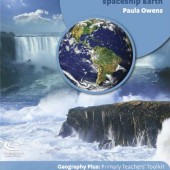
Abstract: Geography supports place-based inquiry for the learner, applying the old environmental adage of “think globally, act locally” to environmental problem solving. Many within and outside of the discipline of geography see it as a highly appropriate home for sustainability studies. Yet despite a history of human-environment education, place-based relevancy, and support from professional research or education organizations, studies show that geography does not always take a lead role in sustainability education. In the following, we revisit the contested histories of geography and sustainability education and show support for geography-led sustainability curriculum. The scope of this research is universities which have self-identified as leaders in campus sustainability, using the Association for the Advancement of Sustainability in Higher Education (AASHE) Sustainability Tracking, Assessment, and Rating System (STARS) participation as an indicator. To best understand the current relationship of geography and sustainability studies in higher education, this study examines the role of geography in offering “Sustainability Focused” courses as reported by AASHE STARS institutions with geography programs. The results show that although geography departments are highly utilized when present at an institution, there is still much room for improvement both within geography departments and campus-wide. We then discuss the implication of these findings, both for the discipline of geography and for students of sustainability.
Continue Reading
Book review for The Invention of Nature: Alexander von Humboldt’s New World by Andrea Wulf
Continue Reading
Carol Harden elegantly lays out, in broadest terms, from an environmental, cultural, social, political, economic and historical perspective, the essential confluence between geography as a discipline and sustainability as a concept. And then, in the face of the inevitability of change, she provides such a succinct metaphor for pursuing sustainability—just dance!
Carol Harden, elegantemente establece, en términos más amplios, desde una perspectiva ambiental, cultural, social, política, económica e histórica, la confluencia esencial entre la geografía como una disciplina y la sostenibilidad como un concepto. Y luego, en la faz de la inevitabilidad del cambio, ella ofrece una metáfora concisa para la persecucion de la sostenibilidad –Solo Baila!
Continue Reading
In this interesting comparison of sustainability in very different geographic and cultural settings—Long Island, New York versus the Chiloé archipelago, Chile—Vercoe and Brinkmann suggest that the societal framework for sustainability requires very different educational efforts. Their in-depth analysis of how these societal frameworks are almost diametrically opposed opens us to understanding how important geography is to the way we formulate our educational goals and systems.
Continue Reading
In this succinct and informative review, Shelby Gull Laird provides a good overview and solid recommendation for the comprehensive package of sustainability education K-12 curricular materials about geography—from a local to a global level—available from the UK Geography Association.
Continue Reading